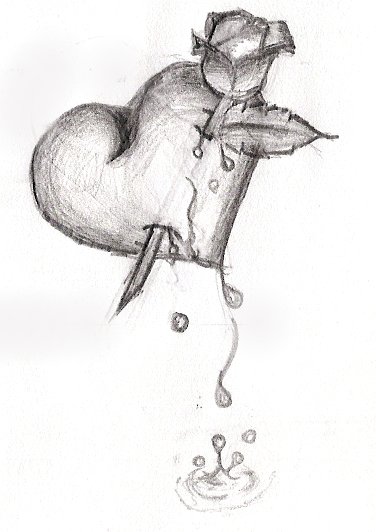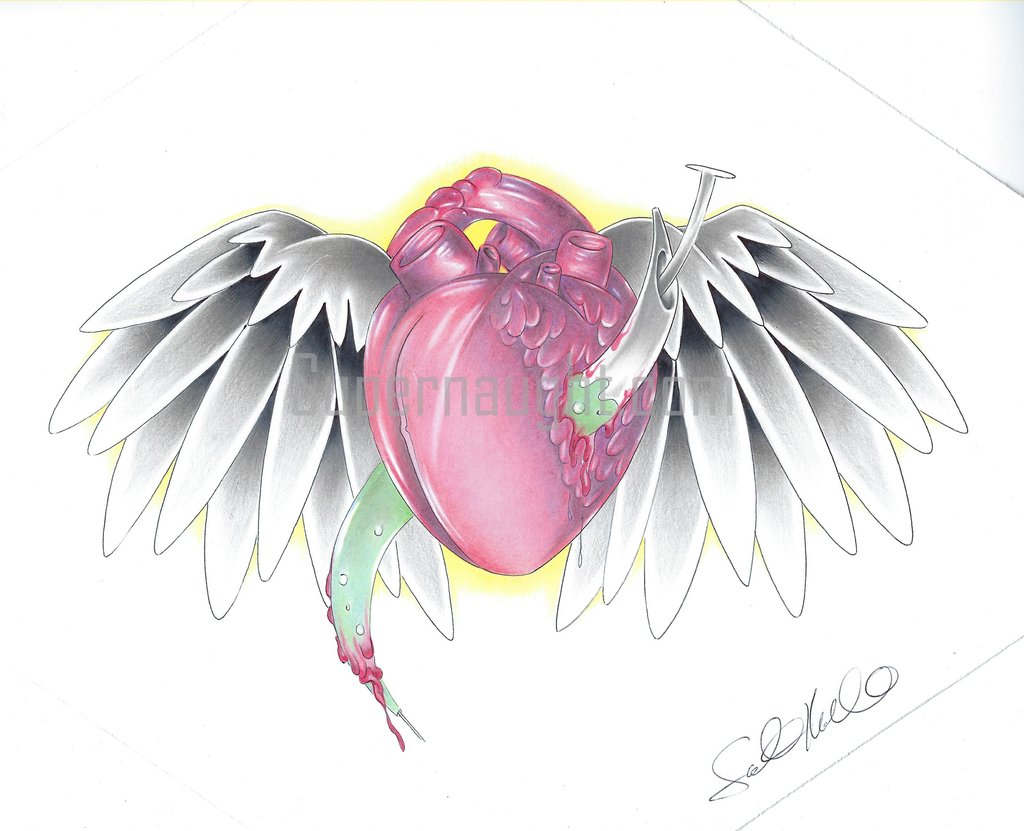

Harden off the plant in a protected spot for a few days before moving it to its permanent spot outdoors.
Move the bleeding heart plant outdoors once it's rooted well and new growth is more abundant. Once you notice new growth, the plant has successfully rooted. Make sure the soil remains moist but not soggy. A bright windowsill will be too sunny and scorch the plant. If condensation appears on the inside of the bag, poke a hole in the plastic for some ventilation. Put a clear plastic bag around the cutting, not touching the plant.  Water the soil to the point that it's moist but not soggy. Dip the cut end of the cutting into rooting hormone, and put it into the hole. Fill the container with the potting mix, and poke a hole in the center of the soil. Take off the leaves from the bottom half of the stem cutting. Optionally, you can use a rooting hormone for improving rooting success. You'll also need to gather a container, soilless potting mix, and a plastic bag. Use sterilized pruners to take a 3- to 5-inch cutting from a healthy bleeding heart plant. The Spruce Home Improvement Review Board. It has wider, more rounded flowers with shorter wings on the outer petals (see the photo below). Pacific bleeding-heart ( Dicentra formosa) is frequently confused with and sold as Dicentra eximia. Each has a white elaiosome prized by ants. First faintly define them then subdivide by lines radiating from the centre as a guide for the direction of the outer florets. Note the direction of the florets and whether. Bleeding heart flower drawing google search. Up to 10 flowers occur on a one-sided inflorescence. They ripen to black while the pod is still green. bleeding heart flower drawing google search. Native to western North America, Dicentra formosa (Pacific Bleeding Heart) is a wide-spreading rhizomatous perennial adorned with a gray-green, finely divided foliage and short racemes of nodding, heart-shaped, pink flowers flushed with lavender. There are two tiny, triangular, pink sepals above the petals. The pistil is enclosed within the inner petals, and the two stamens are on either side. The inner petals are perpendicular to the outer petals and connected at the tip.
Water the soil to the point that it's moist but not soggy. Dip the cut end of the cutting into rooting hormone, and put it into the hole. Fill the container with the potting mix, and poke a hole in the center of the soil. Take off the leaves from the bottom half of the stem cutting. Optionally, you can use a rooting hormone for improving rooting success. You'll also need to gather a container, soilless potting mix, and a plastic bag. Use sterilized pruners to take a 3- to 5-inch cutting from a healthy bleeding heart plant. The Spruce Home Improvement Review Board. It has wider, more rounded flowers with shorter wings on the outer petals (see the photo below). Pacific bleeding-heart ( Dicentra formosa) is frequently confused with and sold as Dicentra eximia. Each has a white elaiosome prized by ants. First faintly define them then subdivide by lines radiating from the centre as a guide for the direction of the outer florets. Note the direction of the florets and whether. Bleeding heart flower drawing google search. Up to 10 flowers occur on a one-sided inflorescence. They ripen to black while the pod is still green. bleeding heart flower drawing google search. Native to western North America, Dicentra formosa (Pacific Bleeding Heart) is a wide-spreading rhizomatous perennial adorned with a gray-green, finely divided foliage and short racemes of nodding, heart-shaped, pink flowers flushed with lavender. There are two tiny, triangular, pink sepals above the petals. The pistil is enclosed within the inner petals, and the two stamens are on either side. The inner petals are perpendicular to the outer petals and connected at the tip. 
The two outer petals are pouched at the base and bent back at the tips. The four petals are connected at the base. Leaves are finely divided and gray-green, growing from the base of the plant.įlowers are pink and bloom in tight clusters at the top of leafless, fleshy stems above the leaves from mid- spring to autumn. Dicentra eximia is a perennial herb in the Papaveraceae family. It is similar to the Pacific bleeding-heart ( Dicentra formosa), which grows on the Pacific Coast. Dicentra eximia ( wild or fringed bleeding-heart, turkey-corn) is a flowering plant with fernlike leaves and oddly shaped flowers native to the Appalachian Mountains.







 0 kommentar(er)
0 kommentar(er)
